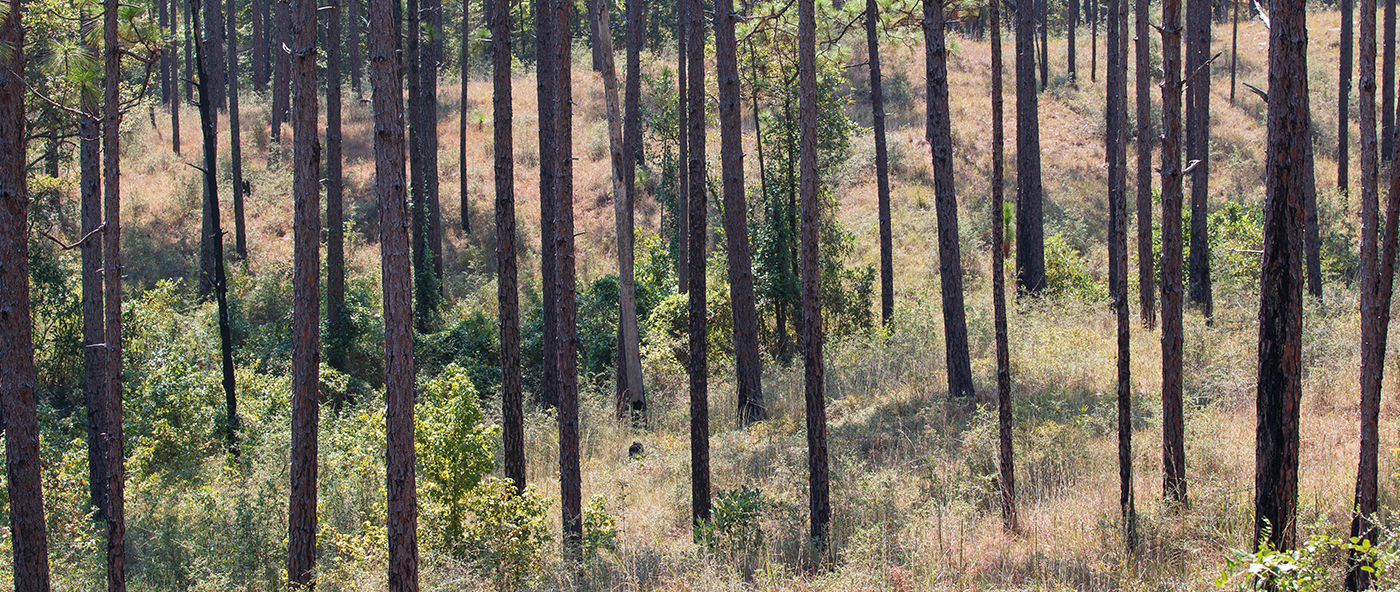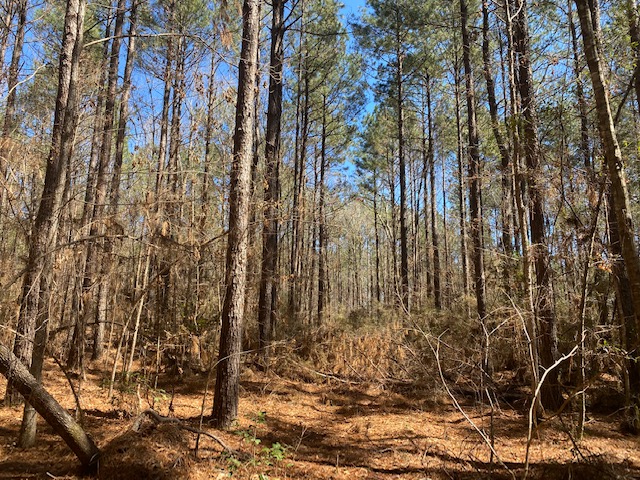



There are several bits of advice I wish I could give all landowners. I’ve already covered one in a previous post, locate and mark your property’s boundaries. Another would be to determine and keep on record the value of the timber on their property at the time they acquired it. When a timberland property is purchased or inherited, its value is divided into the components of timber, land, and improvements. I’m going to speak here about the value of the timber and why it’s important.
I always begin these conversations, as I will here, by stating that I’m not a CPA or tax professional and I strongly advise seeking their guidance and expertise on tax issues. Having said that, as a forester, I can tell you it can be very important to know the value of the timber on your property at the time of acquisition. This establishes your timber tax basis, which is the baseline value of your timber. The value of establishing a basis is that it allows a deduction from a timber sale or casualty loss. Casualty loss is timber destroyed by storms, ice, or fire. Earthquakes count too but that’s one thing we hopefully won’t ever have to worry about here in central Louisiana.
Let’s look at a hypothetical example of why it’s important establish a timber basis: John Doe buys 100 acres of land in 2010. An appraisal of the timber determines its value to be $100,000. So his timber tax basis is $100,000. In 2020, Mr. Doe sells the timber and the proceeds from the harvest are $130,000. His $100,000 basis will be deducted, leaving him with a $30,000 gain. Since he is subject to taxes only on the gain, his taxable income is only $30,000. What kind of income is it? Is this ordinary income? No, this is capital gains, which is income derived from the sale of property owned for personal or investment use. Your land and the timber standing on it are both considered property that, if sold, creates capital gains income. The IRS taxes this at a lower rate than ordinary income, and that will save Mr. Doe some… dough (Sorry, couldn’t resist). It’s a good thing he established that basis when he purchased the property. While I’m on the subject of capital gains, you should know that there is a possession period requirement. If you purchase a property, you must own it for at least one year. This can be an issue for someone wanting to cut timber immediately to offset their purchase. It’s my understanding that inherited property doesn’t have this possession period.
As mentioned above, tax laws also provide a deduction for casualty loss. This is timber destroyed by things like storms, ice, and fire. We’ve certainly had our share of wind and ice over the past year here in the South. This deduction is more complicated than a timber sale and I’m not comfortable enough in my understanding to discuss it at length. However, I do know that two crucial ingredients in calculating the deductible amount are the value of the affected timber and the basis.
Many landowners I work with didn’t know about basis when they acquired their property. Are they out of luck? The short answer is, probably not. The key is getting the timber appraised before it’s cut. That being said, I’ve used current timber volumes, common growth rates, and timber price records to estimate, with reasonable certainty, what was on the property at the time of acquisition. Another accepted method of establishing a basis is to estimate what percentage of a property’s purchase price to allocate for timber. Being knowledgeable in both land and timber values, I’ve helped clients do this. That amount has to be reasonable. There’s no law against retroactively establishing the basis, but the margin of error is greater. An underestimation of value would lessen the basis for deduction.
Your basis can change over time. As you harvest timber, it will be reduced. If you purchase more timberland, it may increase. The original basis plus these reductions or additions equals your adjusted basis.
As you can see, establishing a value for the standing timber at the time of property acquisition can be of great benefit. The tax savings can more than offset the expense of a timber appraisal. There are, however, circumstances where establishing a basis may not be worth the time and expense. Purchasing a property in which all the timber had been cut by the prior owner, or a property with a standing timber value so small that the expense would be greater than the tax benefit are a couple that come to mind. It’s important, when allocating a basis, to be able to defend it. As I mentioned earlier, the amount allocated must be reasonable. Consult with a forester if you aren’t sure of the timber value and be sure to keep all information, such as a timber appraisal on file. Address tax questions and concerns before you harvest timber and make sure your tax advisor is forest-savvy.
I’ll close by saying again that I’m no tax professional. I give my clients basic information, provide the necessary timber valuations, and let the tax professionals take it from there.